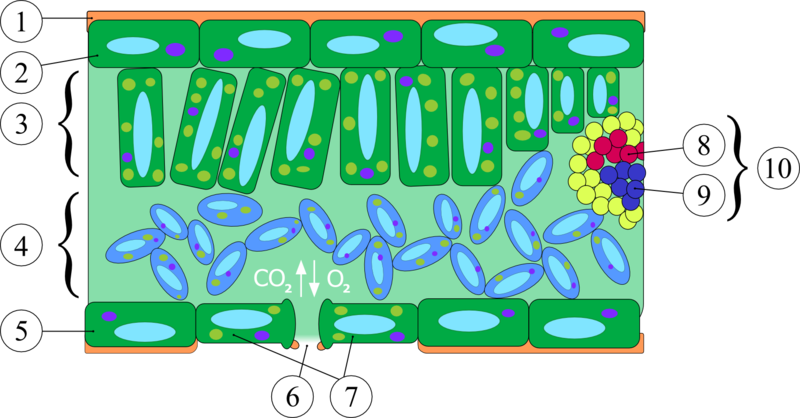Zingiber officinale
(Ginger)
Chelsey Rodger
Bio 203: University of Wisconsin- La Crosse
Survival of the fittest....
 Since ginger is naturally adapted to warmer climates, it can
be used for landscaping in subtropical areas.
Since ginger is naturally adapted to warmer climates, it can
be used for landscaping in subtropical areas.
Ginger is a perennial plant with relatively small leaves which allows them to adapt to a climate with high solar radiation. The smaller the leaves on a plant, the better the plant can economize water.
They bloom every summer and during winter or drought the plant will become inactive until the following summer.
This plant consists of specialized structures that include vascular tissue and cellulose in their cell walls. Vascular tissue is composed of xylem and phloem. Xylem circulates water and dissolves nutrients through a system of tubes and transport cells. Phloem transports sugars and other molecules created by the plant throughout the entire plant. The cell walls create support for the plant to create its shape and for it to grow tall! Cellulose, which composes the call wall, are complex sugars and are used for protection and support.
1.Cuticle: protection
2. Upper epidermis
3. Palisade mesophyll: filled with chloroplasts and area where most photosynthesis occurs
4. Spongy mesophyll: temporary storage of sugars and amino acids
5. Lower epidermis: where stomata are located
6.Stoma: where exchange of gases occur
7. Guard cells: regulate opening and closing of stomata
8. Xylem
9. Phloem
10. Vascular bundle: composed of xylem and phloem
Ginger can be described as a forb/herb plant which means that it is a vascular plant that does not have thickening by secondary woody growth and has buds that are borne at or below the ground's surface.
Zingiber officinale is considered to be a sciophyte, a "shade-tolerant" plant. Since the amount of light that reaches the plant is limited, the rate of photosynthesis is affected, but to make up for the limited light the garden ginger has these special adaptations...
-
Higher chlorophyll content per leaf
-
Lens shaped epidermal cells- focus incoming light into and within the mesophyll layer
-
Red-cell layer- reflects outgoing light back into mesophyll and great allocation of available energy to defend against herbivores.
Nutrition of Ginger? Click here!


